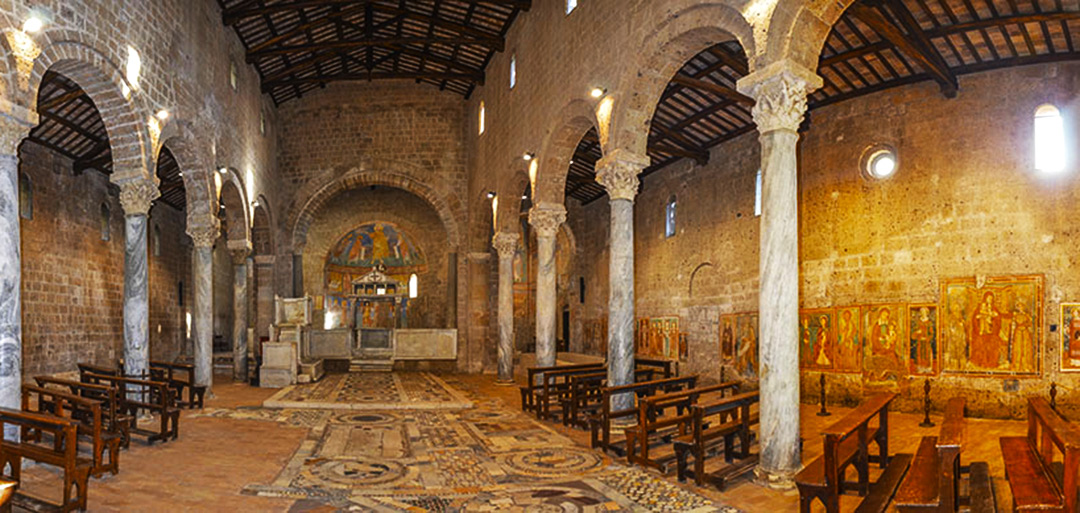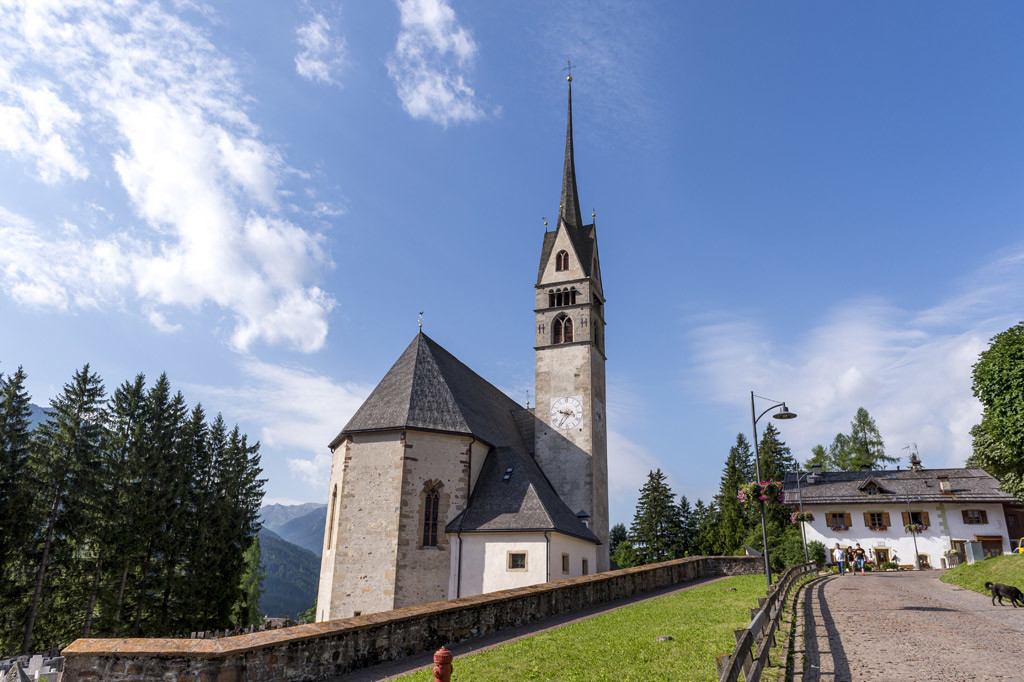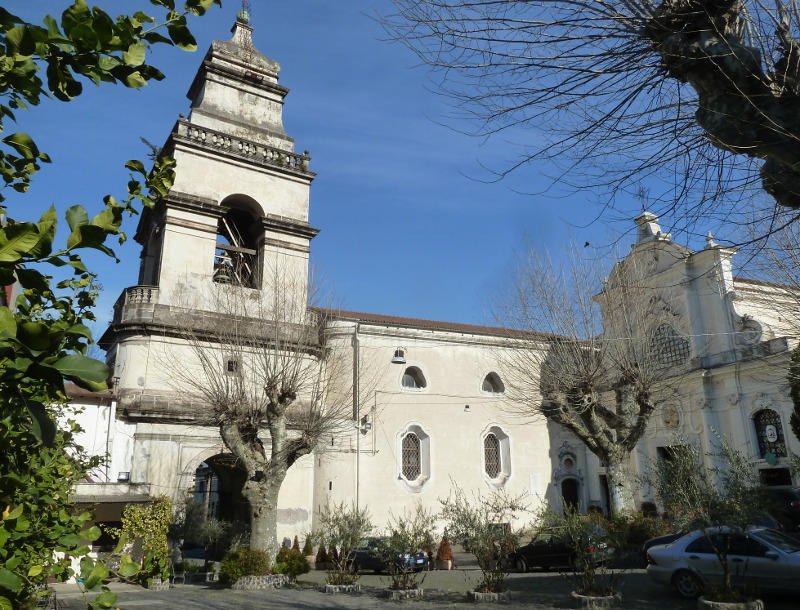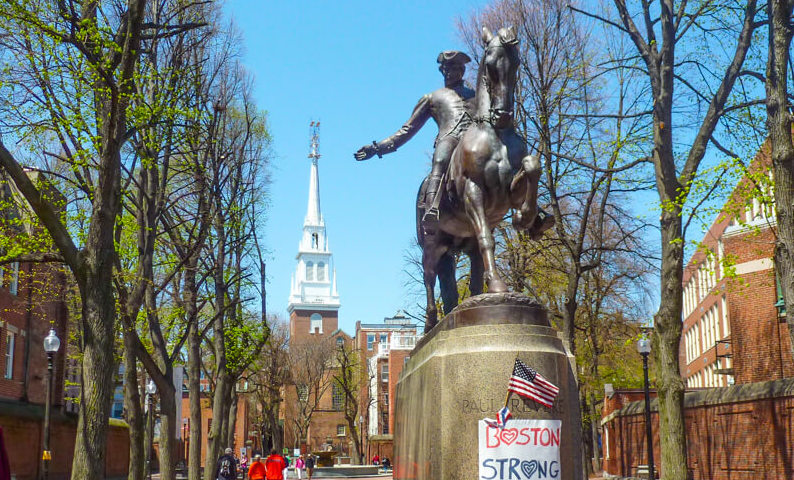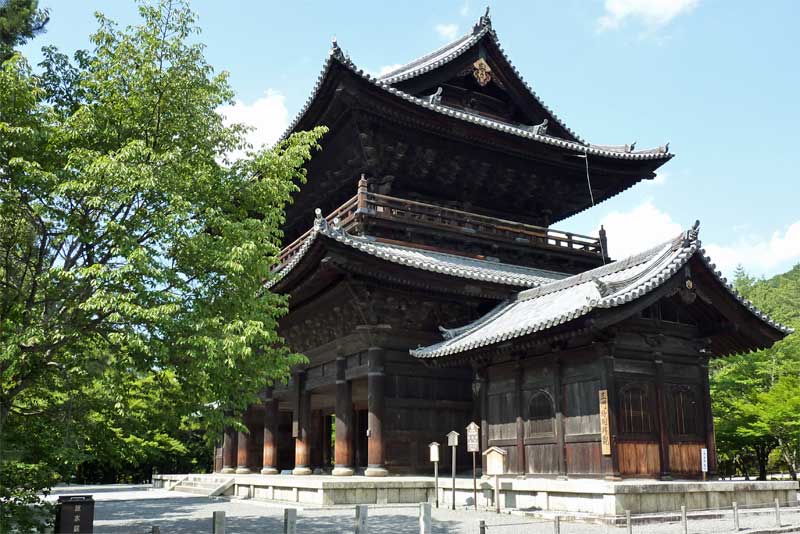The basilica of Sant’Elia in Castel Sant’Elia rises in the centre of the Suppentonia valley, which since the first centuries of the Christian era stood out as an anchorite and then Benedictine centre where, according to tradition, there was a temple dedicated to the goddess Diana, built by the Emperor Nero and before that, in the Etruscan period, there was a Delubro dedicated to Pico Marzio.
It is part of a complex known as the Pontifical Sanctuary of Santa Maria "ad rupes".
The monastery, according to tradition, was founded around 520 by the Frankish Saint Anastasius of Suppentonia, notary of the Roman curia. The dedication to Saint Elias confirms the hermitic origin, presumably of oriental matrix, of the first monastic nucleus.
The first testimony of the monastery is in an ancient papyrus deposited in the episcopal archives of Ravenna, written in Rome or Nepi on June 3, 557. Another important testimony of the existence of the monastery in the Suppentonia Valley appears in the dialogues of Gregory the Great.
The basilica, founded between the 8th and 9th centuries, was then rebuilt at the beginning of the 11th century.
From a later source, the life of Odon of Cluny, written by his disciple John in the tenth century, we learn that in 940 Alberic II, prince and senator of the Romans, son of Marozia, entrusted Odon of Cluny, the monastery of St. Elias, where corruption was rampant, with the task of reforming it.
According to a legend, the monks could not abstain from eating meat, using the excuse that there was a great shortage of fish in the area. Odon then performed the miracle of transforming the stream flowing under the monastery into a lake, so that the monks did not have to make great efforts to obtain fish.
The basilica, in Romanesque style, has a nave and two aisles with a transept, all contained in a crooked rectangle.
The transept and part of the nave have a cosmatesque pavement probably dating back to the end of the 12th century and more probably to the first decades of the 13th century, one of the most interesting and best preserved of all the Romanesque churches in Lazio: in the central area the design of intertwined porphyry roundels predominates.
It is probably the work of the Cosmati family, of the mature Lorenzo, assisted by his son Iacopo and his young nephew Cosma.On the left wall, in the attic register, interspersed with the two single-light windows, begins the theory of the Nimbati Prophets, which then continues on the back wall and on the right transept, a homogeneous pictorial decoration by the same hand as that of the apse, which will be discussed later.
In the lower register there is a scene with large gaps and which cannot be deciphered, then two representations from the book of the Apocalypse: the Woman clothed with the Sun and the Red Dragon confronted by Saint Michael. On the back wall, in the upper register, the series of Nimbate Prophets continues.
